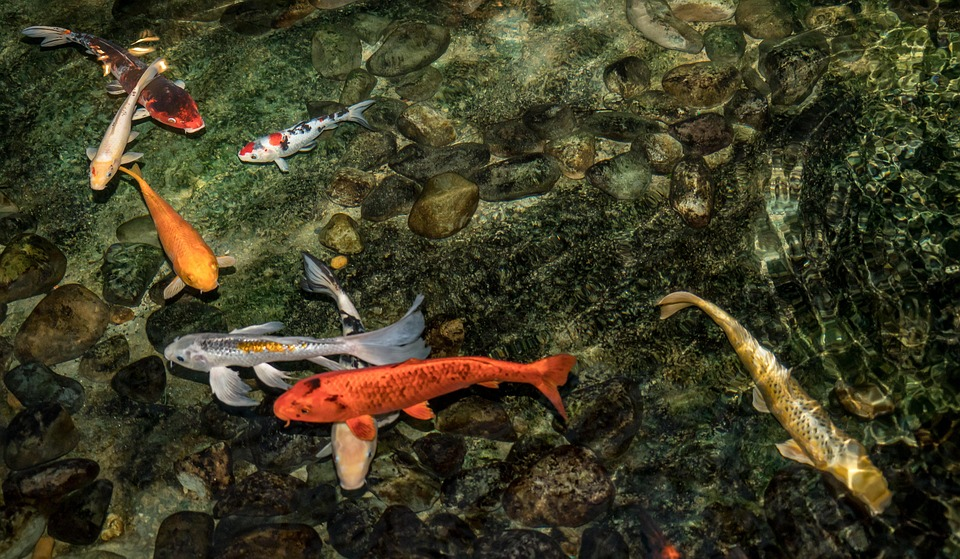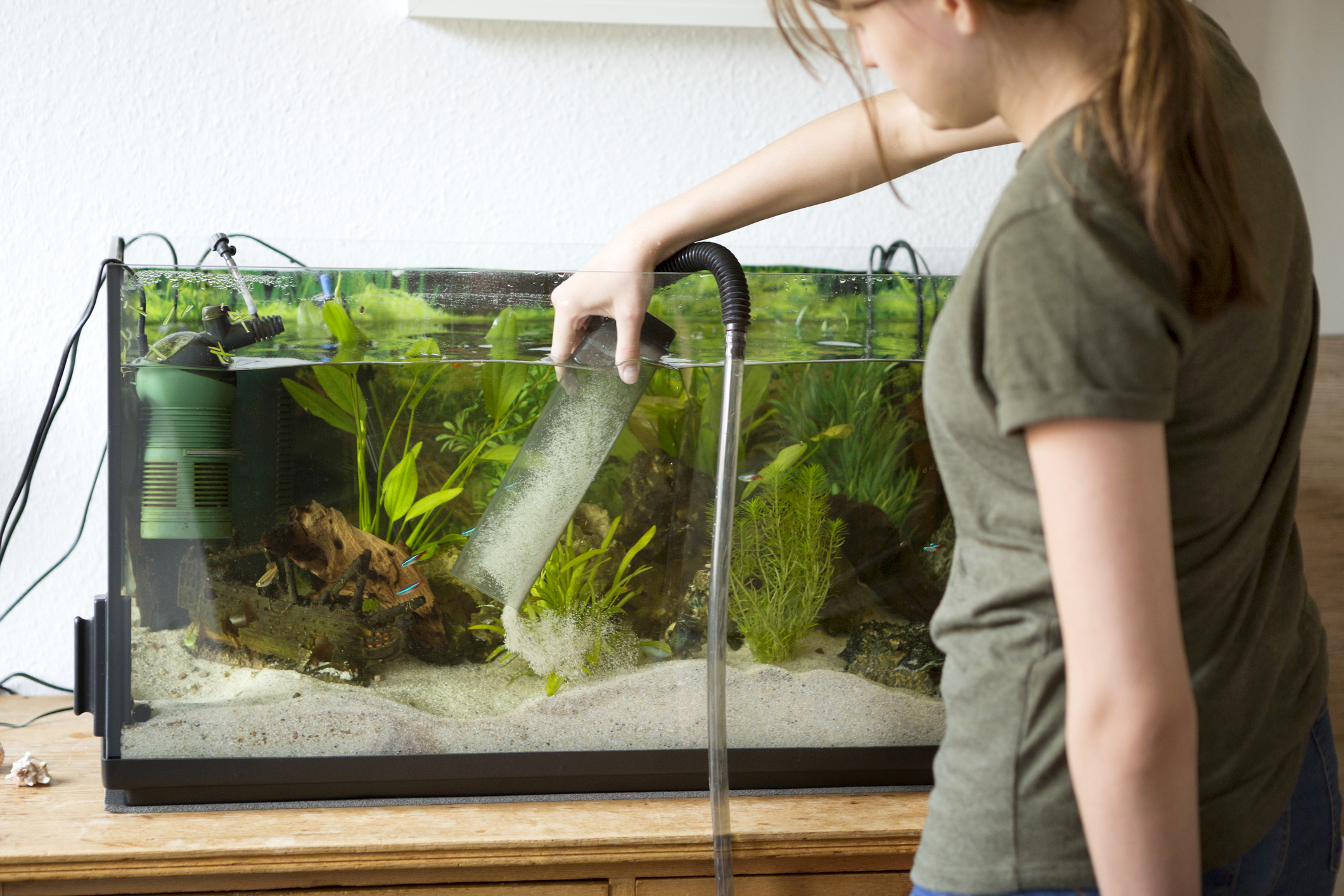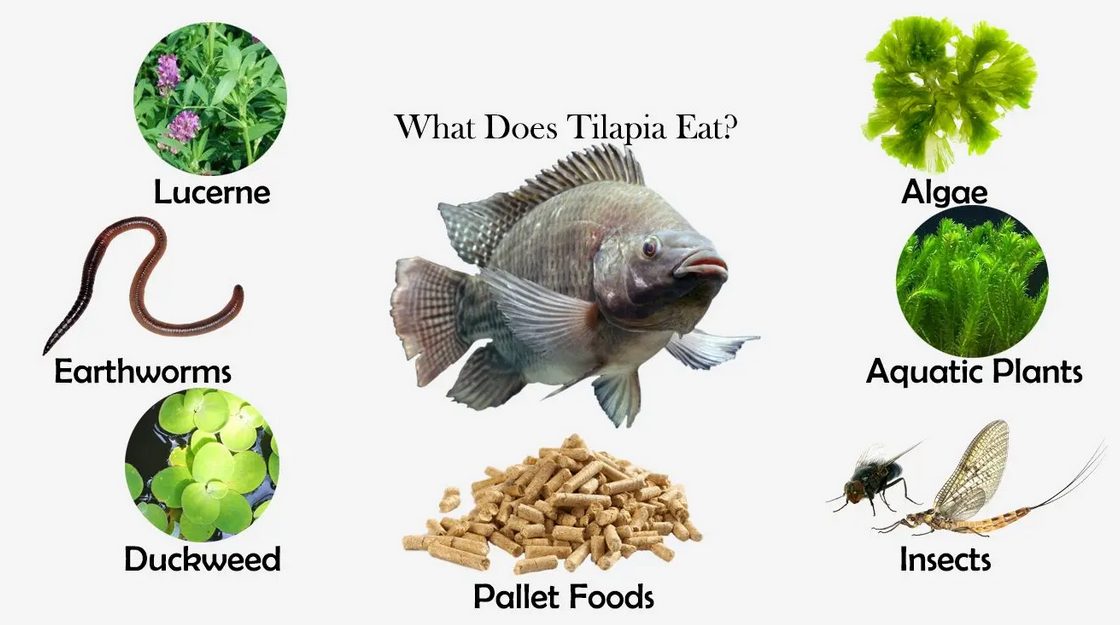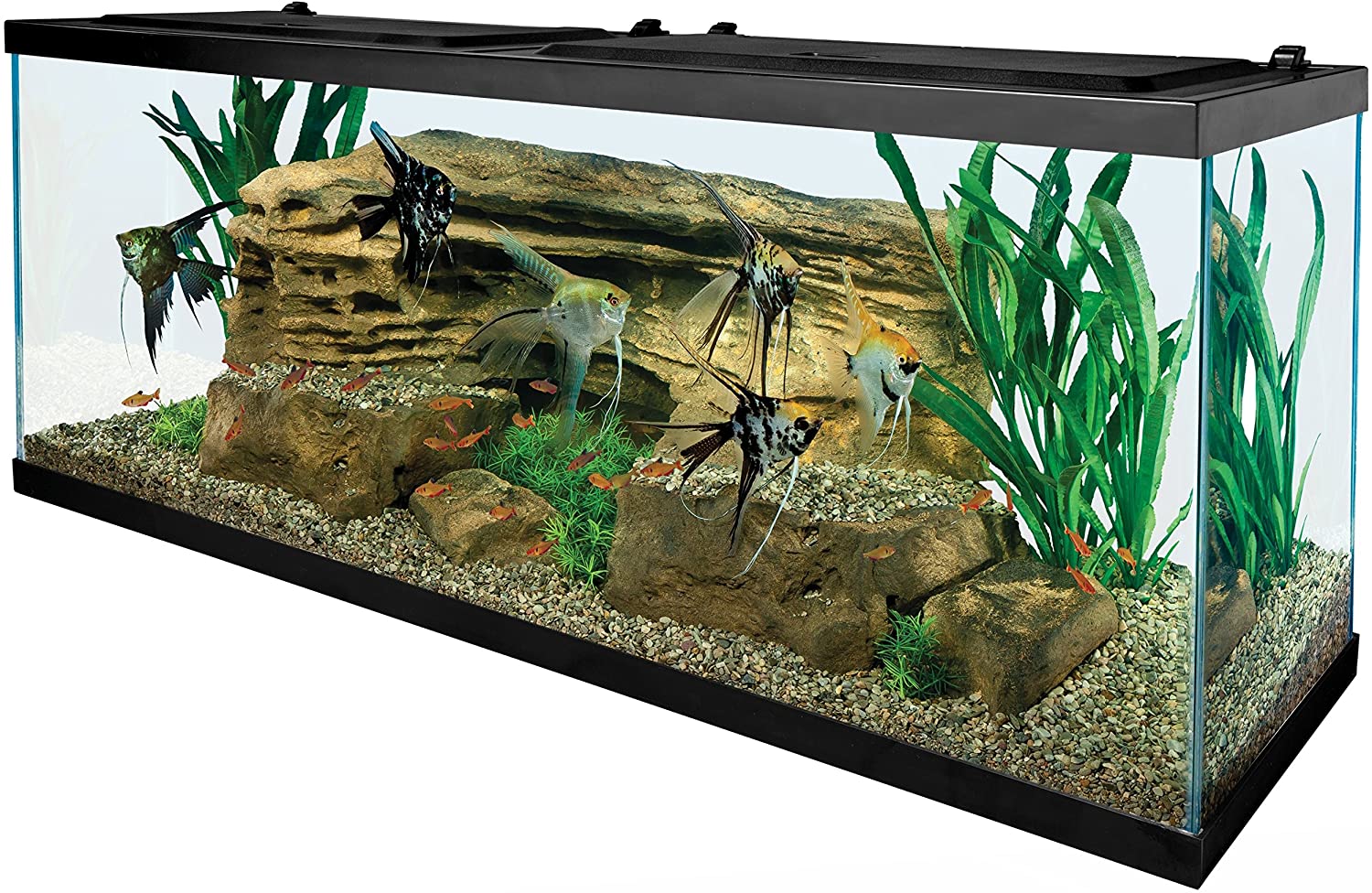Keeping Koi and Pond Fish: 3 Basic Rules
Buying koi fish for your backyard pond can enhance its beauty, promote relaxation, and create a sense of harmony in your outdoor space. Watching these graceful fish glide through the water is both enjoyable and soothing. However, maintaining a healthy and thriving pond requires proper care and knowledge. Whether you’re new to koi ponds or have years of experience, following three essential rules will ensure your koi fish thrive in their aquatic environment.

Content
1. Keep the Water Clean and Well-Filtered
Clean water is the foundation of a healthy pond. Your pond water should be clear and fresh-smelling. Sometimes, you may notice that the water turns green due to algae or slightly brown because of tannins from leaves and organic debris. A small amount of algae is normal, especially in the spring before plants mature enough to absorb excess nutrients from the water. However, too much algae can be a problem. If your pond is in a sunny area, algae growth will be higher. You can reduce algae by adding floating plants such as water lilies, water lettuce, or water hyacinth, which provide shade and compete for nutrients.
Proper filtration is also essential. A good pond filter helps remove debris and harmful substances that can make your fish sick. There are two main types of filtration:
- Mechanical Filtration: A skimmer removes leaves, twigs, and other floating debris before they sink and decay, preventing water quality issues. The skimmer also houses the pump that keeps water circulating and adds oxygen to the pond.
- Biological Filtration: This type of filter contains beneficial bacteria that break down fish waste and other organic materials, converting them into nutrients that plants can use.
By maintaining a proper filtration system, you’ll create a balanced environment where your fish can thrive.
2. Maintain a Healthy Fish Population
It’s easy to get excited and add many fish to your pond, but overcrowding can lead to serious problems. Too many fish produce excess waste, which affects water quality and can make the pond unhealthy.
A simple rule to follow is that fish need 10 gallons of water for every inch of their length. For example, a 10-inch koi requires at least 100 gallons of water. If you have five 10-inch koi, your pond should have at least 500 gallons. It’s important to remember that koi grow over time, so start with fewer fish to allow for future growth.
Providing your fish with plenty of space ensures that they remain healthy and reduces stress, which helps prevent disease. A well-balanced fish population will also make your pond easier to maintain.
3. Feed Your Fish Properly
Feeding your koi and pond fish the right way is essential for their health. Fish naturally eat algae, insects, and other organic materials in the pond, but they benefit from high-quality fish food that meets their nutritional needs.
When choosing fish food, look for one with high-quality protein, vitamins, and probiotics to promote strong immune systems and vibrant colors. Avoid overfeeding, as uneaten food can decay and affect water quality. Follow these guidelines:
- In summer, feed your fish twice a day and give them only what they can eat in 3-5 minutes.
- In spring and fall, feed them once a day since their metabolism slows down in cooler temperatures.
- When the water temperature drops below 50°F (10°C), stop feeding your fish, as their digestion slows significantly, and food can sit in their stomachs, causing health issues.
Proper feeding ensures that your fish stay active, healthy, and colorful throughout the year.
Enjoying Your Pond
By following these three basic rules—keeping the water clean, maintaining a balanced fish population, and feeding your fish correctly—you will create a thriving pond environment. Your koi and other pond fish will flourish, and you’ll enjoy the beauty and relaxation that a well-maintained pond brings. Watching fish swim peacefully beneath floating water lilies is a wonderful way to unwind and connect with nature.
Taking care of a pond doesn’t have to be complicated. With the right knowledge and regular maintenance, you can enjoy a stunning, healthy pond that enhances your outdoor space for years to come.

Emily’s passion for small critters knows no bounds. She’s your guide to the wonderful world of hamsters, guinea pigs, and all things pocket-sized.




